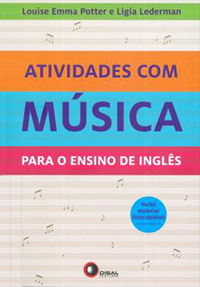PBL is about making connections between what is happening outside the classroom walls and the content. It is about using your student’s skills, so they can realise that they are creative, autonomous and enthusiastic learners. It is based on a challenging question and after much inquiry, discussion and research, culminates in realistic presentations. Not only does it give students choice to how and what they want to learn, it also allows them to learn how to work collaboratively and respectfully.
“There are many ways to describe PBL, but some of its features are common in most definitions. Thomas (2000) collects ideas from different sources to come up with the following:
(…) projects are complex tasks, based on challenging questions or problems, that involve students in design, problem-solving, decision making, or investigative activities; give students the opportunity to work relatively autonomously over extended periods of time; and culminate in realistic products or presentations. (p. 1)
There is a difference between making projects with your students at the end of a unit as a wrap-up activity and actually working with project-based learning as an approach to teaching. Larmer and Mergendoller (2010) compare short-term projects and PBL to dessert and main course: the former “is served” at the end of a unit, as “dessert”, in order to assess what students have learned; the latter, on the other hand, is how students are going to learn. It is the main course.
If PBL is the main approach through which learning will happen, then the word process must be for us a constant reminder that everything in PBL is about how students got to a product, and not so much about the product itself.
Even though the final product cannot be used as the only source of assessment, it is still one of the biggest differences between using traditional methods in the classroom and using PBL. It is important to understand that, when using PBL, the ultimate goal is to have students design and present a product, or a solution that can make a difference, be it by educating others, by raising awareness to important issues, by informing and proposing solutions to real-life problems, and, most importantly, by inspiring others to do the same. It means that all the work students had learning and investigating has been turned into something that has a meaningful role in the world they live in.
The next key element for successful PBL is collaborative work. Project work means, necessarily, working in groups and cooperation. In order for that to be effective, students must first learn how to do it, which is only possible if they practice it enough times. Therefore, one of the teacher’s most important jobs is to promote activities and interaction on what group work means, and how it is best done. By learning to work collaboratively, students are capable of solving problems and developing a product that brings out the best of every member in the group. They learn how to respect each other’s opinions, how to listen, and how to compromise. They learn skills they will be using throughout their lives.”
(Tavares and Potter, 2018. P.11)
LIVRO RECOMENDADO
